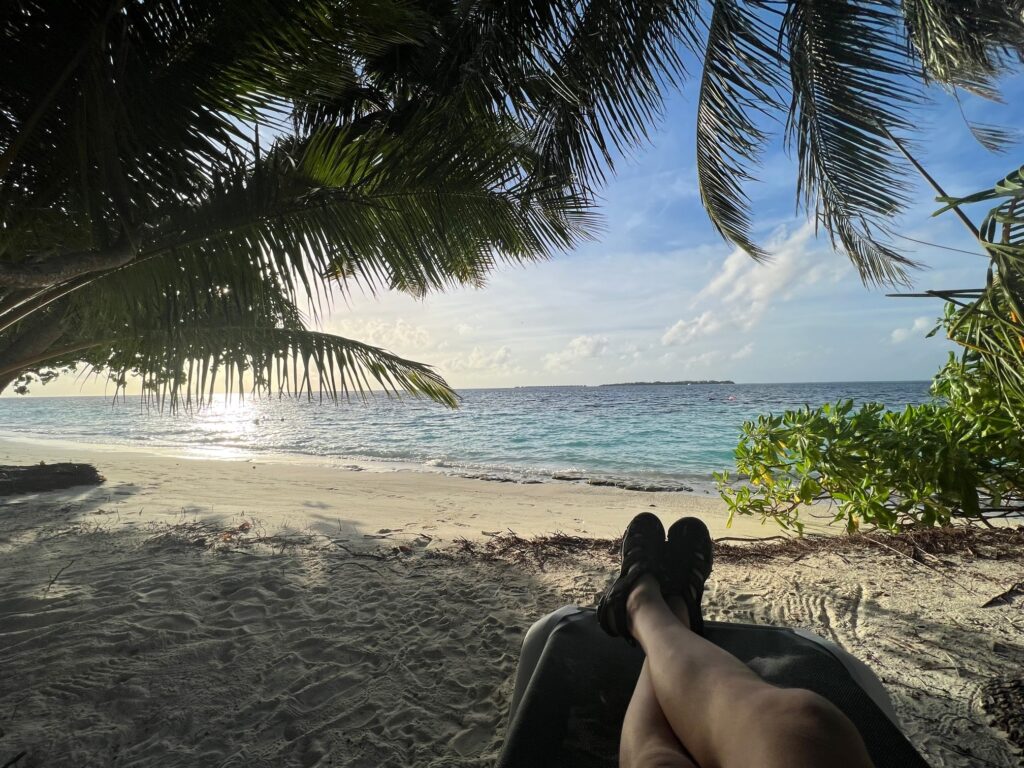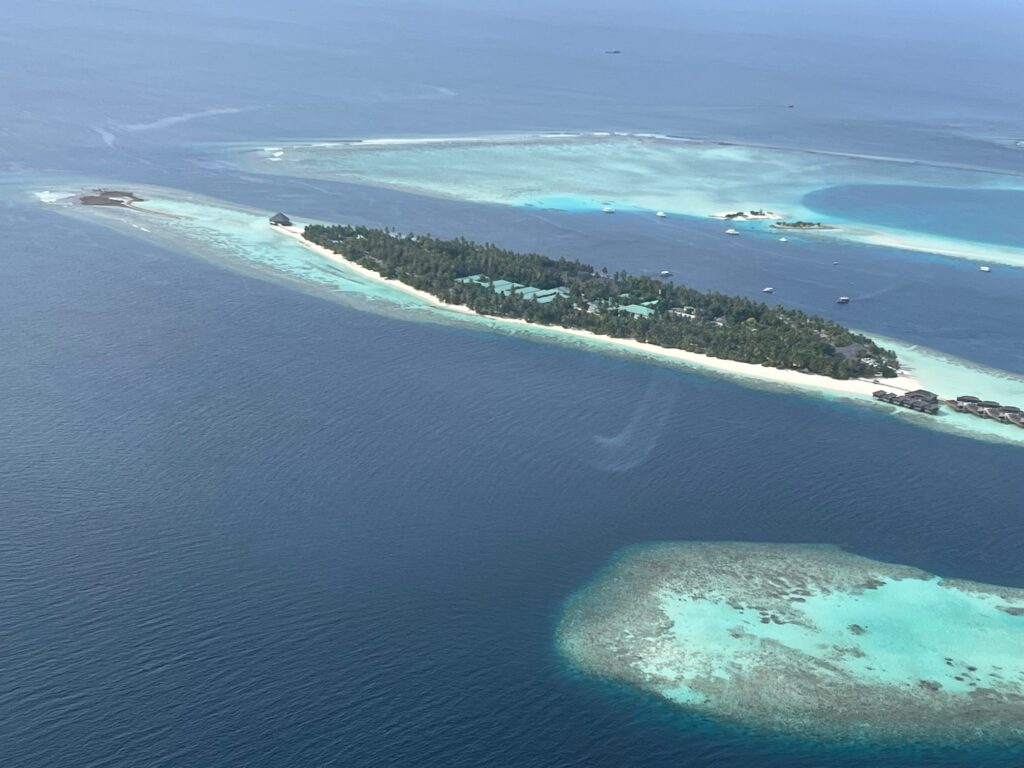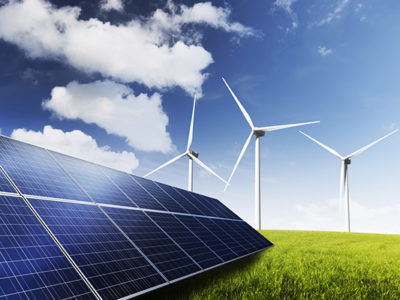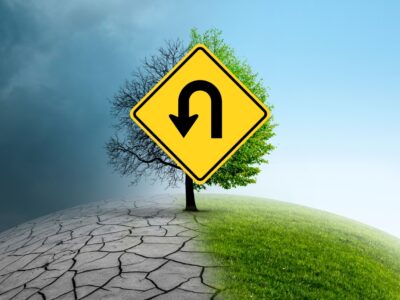The Riddle of the Maldives
The Maldives is one of the nations most vulnerable to rising sea levels. So, why is climate change not a topic of discussion here?

It was the site for one of the most iconic climate policy photos. In the run-up to the Copenhagen climate negotiations in 2009, President Mohamed Nasheed held a cabinet meeting in scuba gear 20 feet underwater to show what awaited the low-lying island nation of the Maldives if serious action were not taken to reduce greenhouse gases. Nasheed followed up with a pledge that the Maldives would be the first carbon neutral country by 2020. The photo went viral and made clear the threat from rising sea levels to low-lying island nations.
An archipelago of small islands south of Sri Lanka, Maldives is the flattest country on earth, the average height of land just four feet above sea level. IPCC models indicate 80% of the islands will be uninhabitable by 2050 and the country submerged by 2100. If any country should care deeply about climate change, it’s the Maldives.
I have been in the capital, Male, this week helping lead a U.S. Commerce Department workshop for the Maldivian office of the attorney general on international environmental law. While here, I have asked people about climate change and received a common but surprising response—folks clearly understand the long-term threat, but it is not a topic of discussion. As a leading journalist explained to me, “everyone knows that rising sea levels threaten the country, but no politicians talk about it because voters don’t talk about it.”
In one of the most vulnerable countries in the world to climate change, this was not what I expected to hear, particularly given the vocal leadership of small island states at climate negotiations. How to explain the difference between the loud voice on the international stage and disinterest domestically?
To be clear, this is not a case of climate denial. The threat is well recognized and was a major public topic just over a decade ago, but not today. (Nasheed was deposed in a coup for unrelated reasons a few years after the photo.)
Part of the answer likely lies with our human nature to discount future harms by ignoring them or hoping for the best. As the journalist described, people see beaches disappearing on some islands but attribute it to the regular erosion and accretion that has always happened.
Part of the answer may be that there is nothing the Maldives can do domestically to slow climate change. Their emissions barely move the needle of global CO2 concentrations.

Or it may be due to the lack of resources to adapt. You see occasional sea walls and sand bags but the bigger problem is that there is no higher land for the population to retreat to. Building a large new island from sand dredging is physically possible—they did just that when building the nearby island of Hulhumale – but financially that’s infeasible given how much infrastructure would need to be moved.
Having spoken to just a small number of people, I realize these thoughts about why climate change has so little political salience here are speculation, but the puzzle remains intriguing. Why is the public more engaged with climate change in London and San Francisco than in a city much more directly in harm’s way?
Or maybe this makes perfect sense. Put simply, if there is little the Maldivians can do to adapt to climate change in the here and now, maybe the rational course of action for the local population is to carry on life ignoring the coming tides. Apres moi, le deluge?








Reader Comments